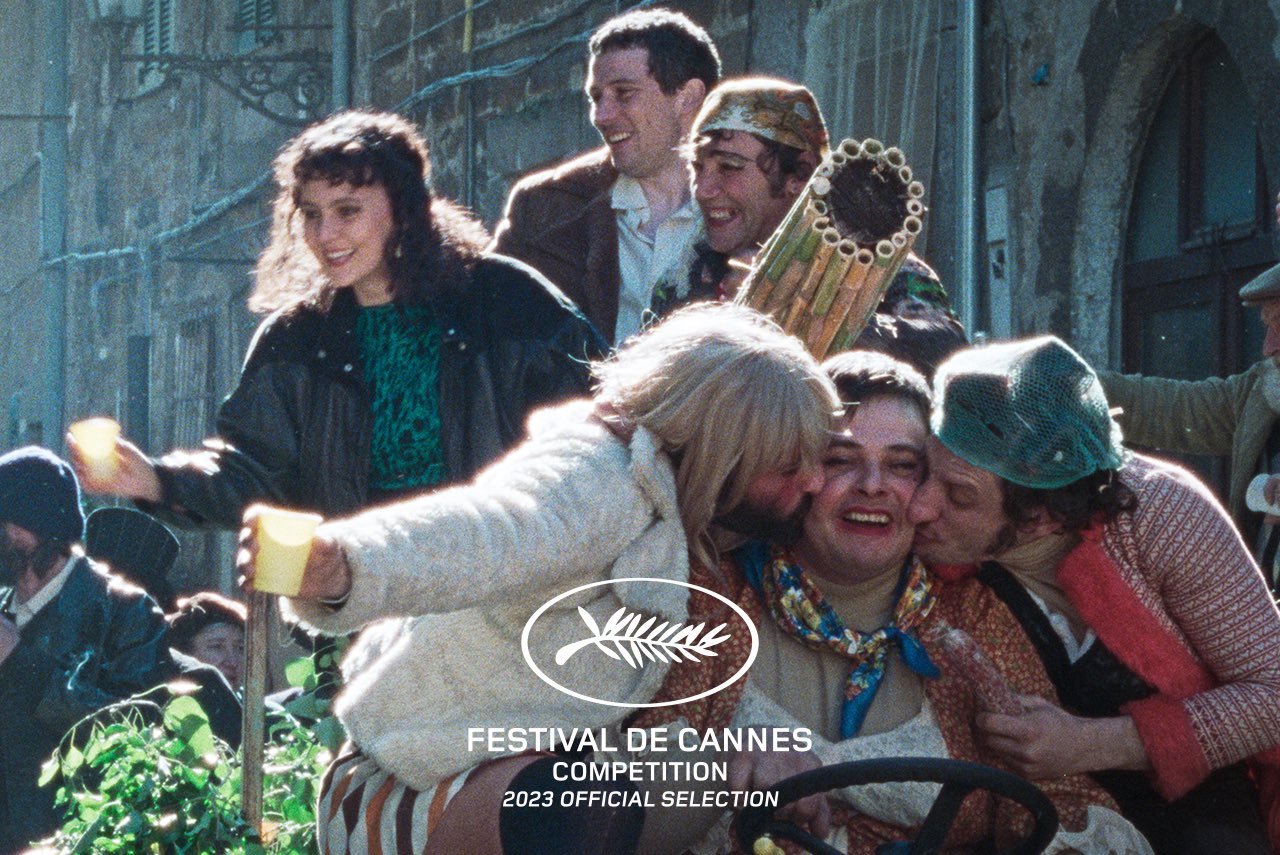SGIFF Film Review: La Chimera
Content Creator Phyllis Chan reviews Alice Rohrwacher’s 2023 drama film, starring Josh O’Connor as a crumpled English archaeologist-turned-grave-robber.
It is undeniable that every road in life leads to death. Often, as mortal beings, we are told to fear the inevitable end of our lives as it marks the ceasing of our consciousness and purpose in life. As humans, we are obsessed with capturing memories through mediums such as photography, film, or even writing. Any artefact we leave behind legitimises our existence and gives it meaning after death.
Premiering in Singapore at the 34th Singapore International Film Festival, Alice Rohrwacher’s new film La Chimera is a beautiful exploration of the themes of mortality and memory. Set in 1980s Italy, we follow the rugged Arthur (Josh O’Connor), a British archaeologist fresh out of prison. He possesses a crude talent for finding artifacts, often through a dowsing rod and his “chimeras” — visions and gut feeling. Along with the tombaroli — his motley crew of friends who are petty, small-time criminals — we witness how Arthur and the crew exploit historical artifacts as a way of survival in the corrupted and impoverished climate of the period.
The film is centered around memories of the past. It opens not with a scene of our protagonist but rather his dream of a woman that we will come to realise is his deceased girlfriend, Beniamina (Yile Vianello). Memories and regrets possess his psyche, and he is trapped within the past. Everything in the present becomes a reminder of Beniamina, and every choice he makes seems to be an attempt to become closer to her in death. Despite his initial resistance, his return to grave robbing seems almost uncontrollable and impulsive, as he manages to detect artifacts in a trance-like state as if his soul yearns to be connected to the possessions of the dead, and his return seems to be practically premeditated by fate.
Memories also manifest in the landscape of La Chimera. Arthur and his crew pillage Etruscan tombs, stealing prized pieces off the Etrsucans’ remains and taking any votive offering that seemed valuable, leaving behind a hollow tomb devoid of memories. The only things left behind are the fading frescos that decay and peel away from their walls, struggling to protect the remains of the Etruscans that once had names and memories.
Memories are not only seen in the homes of the deceased but also the living. Flora (Isabella Rosellini), Beniamina’s mother, refuses to accept the death of her daughter. Instead, she awaits her daughter’s return to her decrepit home that crumbles under any slight movement. Similarly reflecting the grave robbers, her living daughters are eager to move their mother away from the house, readily removing and keeping items of the house for themselves. The house is not only Flora’s refuge that holds her memories of her daughter but also acts as her living tomb, awaiting the death of its owner, ready to consume her memories.
Memories of the past are private to the characters, and we, as the audience, are only allowed to hypothesise and piece together clues from the whispered conversations of the characters. Arthur’s memories are only seen through small windows of fleeting flashbacks, often in dreams, and we are not given any substantial knowledge of his past. We do not know why Arthur landed himself in Italy and how he started grave robbing. We are not privy to the circumstances of his girlfriend’s death. But rather than revealing Arthur’s past, the audience is given access to something more private and personal — Arthur’s emotions and state of mind.
It is ironic that the artifacts Arthur stole were meant to be hidden away for eons in its enclosed tombs, away from the eyes of the living, and only for the buried dead. Everyday items from the past are now valued at thousands. Items symbolising memories and desires are unearthed for all to see in galleries and museums as prized commodities. Any personal significance that the objects had for the deceased is wholly disregarded, and they will be known as markers of Etruscan prowess and technology to the world. La Chimera mirrors these artifacts, putting forth Arthur’s psyche for the world to see. The character’s emotions are no longer his own but rather a tool for people to connect, not just with the character, but with other audience members.
The beauty of La Chimera lies not only in its spectacular cinematography and the captivating performances of the cast, but also in its relatability to people. In some way, we are all trapped within our own memories. Don’t we all have something we regret? Words we wished we said or decisions we wanted to make? However, often, we forget that happier memories cannot exist without sorrowful ones. They build over each other, like the buildings constructed over the Etruscan tombs. Obsessions over the past only seek to limit us from seeing the endless possibilities of the present. Every decision we made led us to this moment. Embracing the present shapes the moments of our future.
La Chimera (2023) premieres in Singapore at the Singapore International Film Festival under their Foreground programme. Check out SGIFF’s website for this year’s festival line-up here.Images in this article are being used under Fair Use guidelines as part of Singapore's Copyright Act 2021



